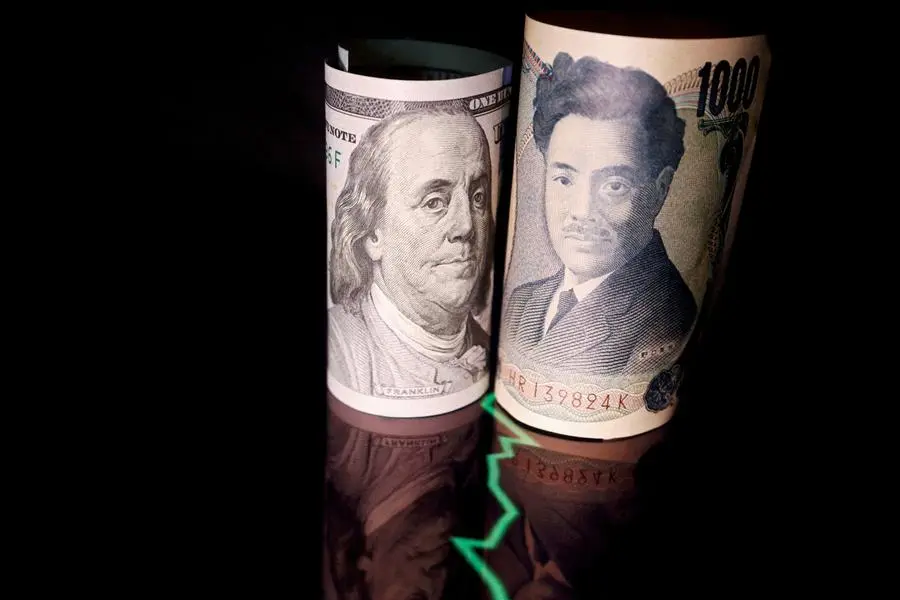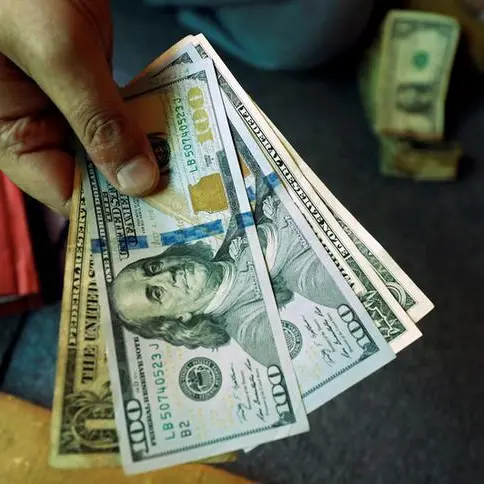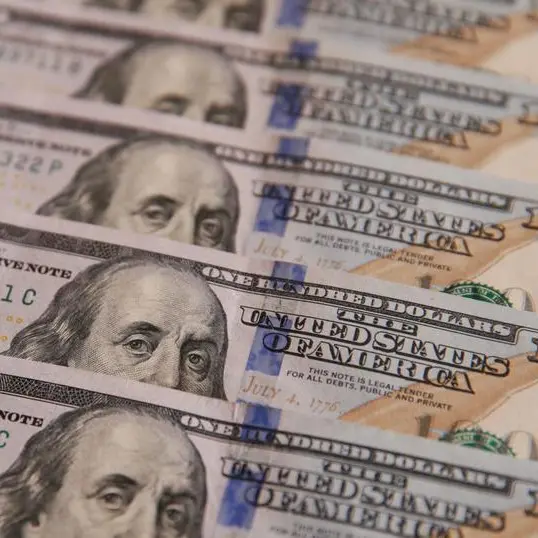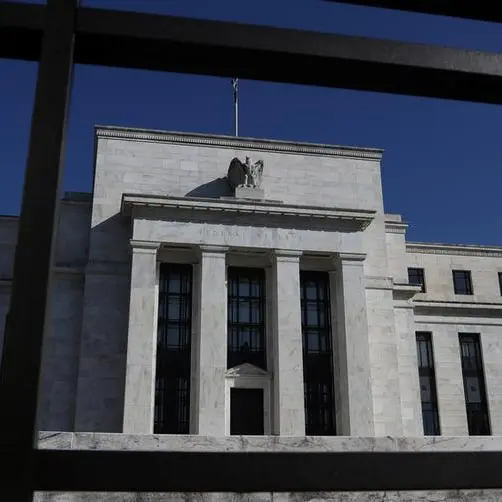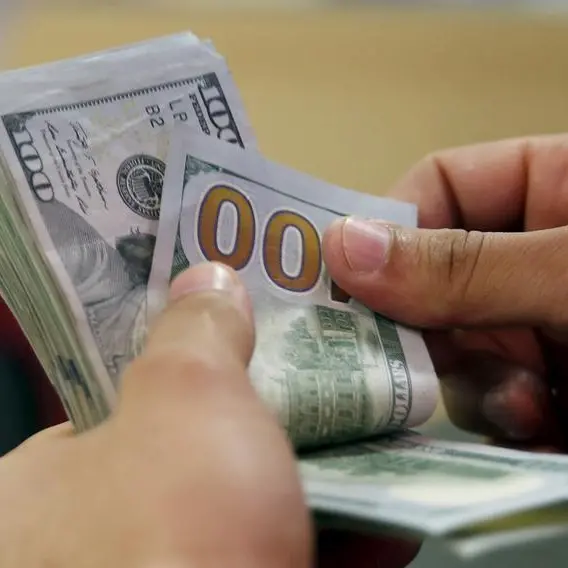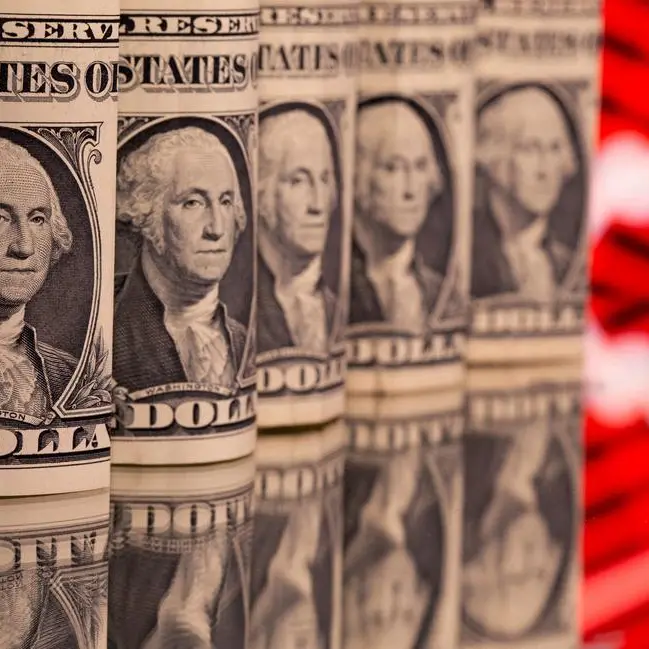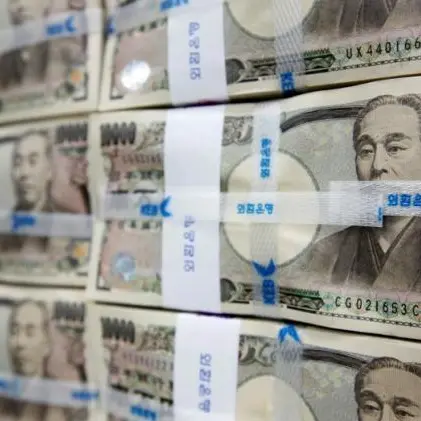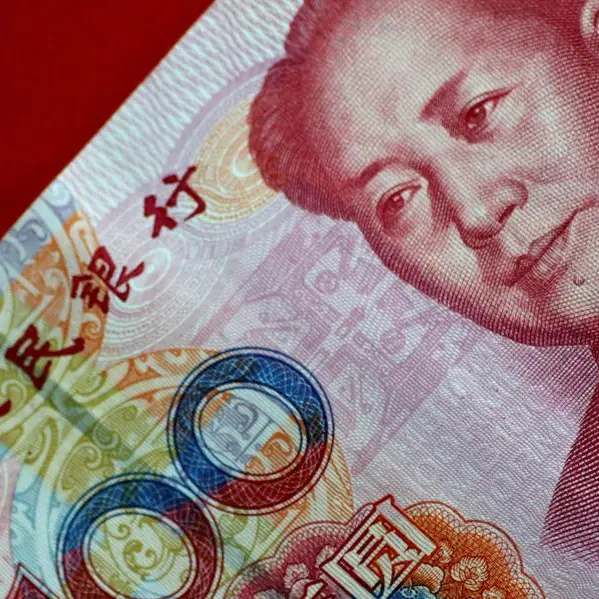PHOTO
SINGAPORE - Major currencies held their gains on Thursday against a dollar knocked by softer-than-expected U.S. inflation, save for the yen which remained squeezed ahead of a Bank of Japan meeting, as U.S. policymakers signalled rates would be kept high for a while yet.
Overnight the euro advanced 0.6% and punched above its 200-day moving average, last buying $1.0804. The Aussie dollar was at $0.6647, after rising above $0.67 overnight, and the New Zealand dollar leapt to a five-month high above $0.62 before settling at $0.6170. The yen was down by about 0.2%.
Gains had been larger in the immediate aftermath of the U.S. inflation report, which showed consumer prices flat month-to-month in May against market expectations of a 0.1% rise.
They were pared when the Federal Reserve left the funds rate on hold at 5.25-5.5% and policymakers' median projection for the number of cuts this year fell to just one, from three in March.
Sterling rose 0.5% overnight to $1.2798, and was a tad lower as European markets opened. Moves were modest in Asia trade, though beaten down currencies such as Indonesia's rupiah saw some relief.
Despite the Fed's projections, markets stuck with pricing in almost two 25-basis-point rate cuts this year.
"I think markets are looking at the U.S. dollar as weakening, with fluctuations in between," said Westpac strategist Imre Speizer in Auckland. "That's (mostly) due to Fed rate cuts, which are still priced in for this year."
China's yuan was steady at 7.2660 in offshore trade, having gained a little on the dollar overnight.
Fed Chair Jerome Powell struck a familiar tone in his news conference and stressed policymakers would be sensitive to economic data. Although less cuts were projected for this year, policymakers had them pencilled for 2025 or 2026.
"Although the rate-cut view was more hawkish than in (March) we think the details moderate that hawkishness," said John Velis, Americas macro strategist at BNY, noting 8 of 19 policymaker projections were for two cuts this year.
Still, it was cold comfort for the yen, which is struggling against downward momentum while the gap is so wide between near-zero Japanese rates and much higher short-term U.S. rates.
The Bank of Japan concludes a two-day policy meeting on Friday and markets are expecting some sort of announcement or signal that the bank will be pulling back on massive bond purchases to allow further rises in Japanese yields.
That leaves the yen vulnerable to disappointment. It was last wobbly at 157.08 to the dollar and on the back foot on crosses - where it hit a 17-year trough of 97.06 per kiwi overnight and a 16-year low of 200.91 on sterling .
"We expect the BOJ to fall short of those expectations, which can push down Japanese interest rates and the yen," said Commonwealth Bank of Australia senior currency strategist Kristina Clifton.
"Communications from BOJ officials suggest it wants to take its time to adjust its policy settings again."
(Reporting by Tom Westbrook; Editing by Michael Perry)
